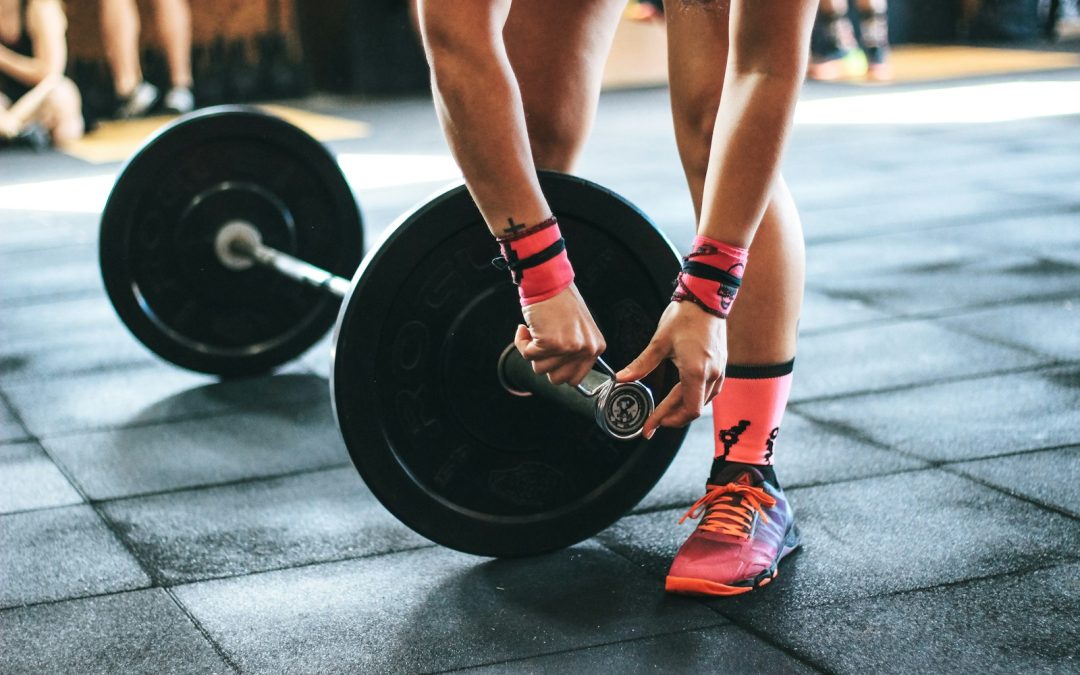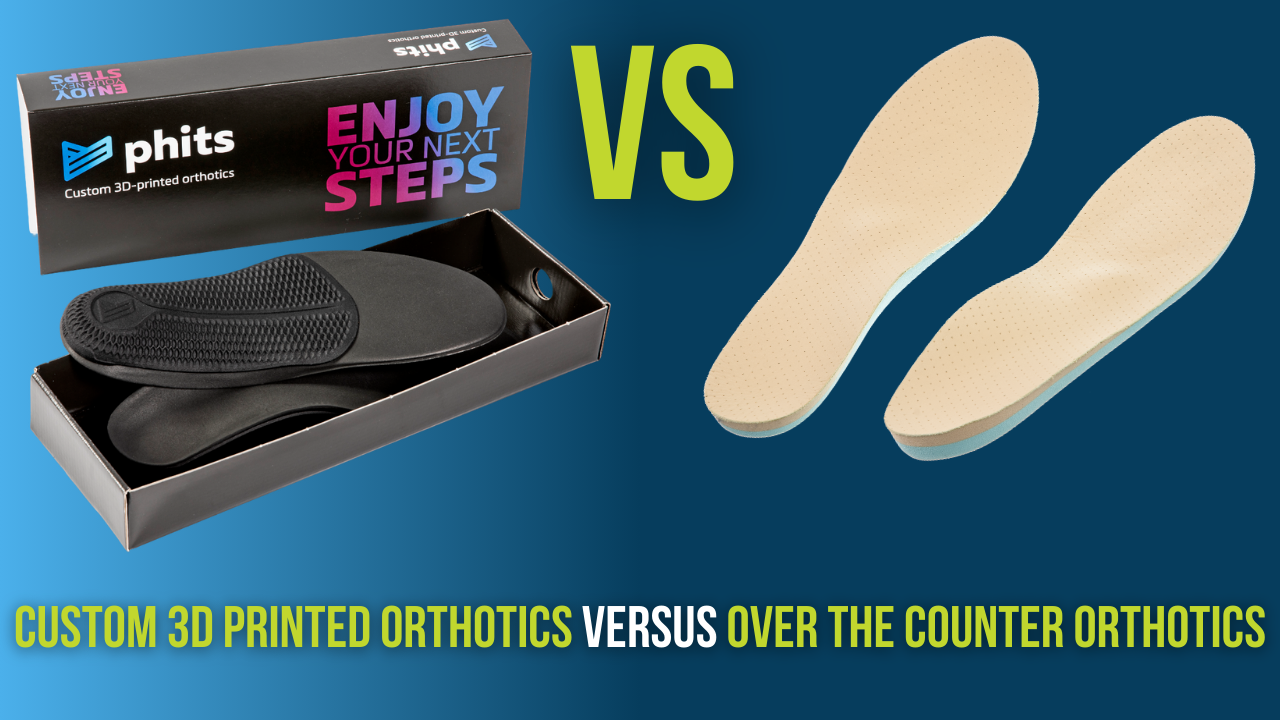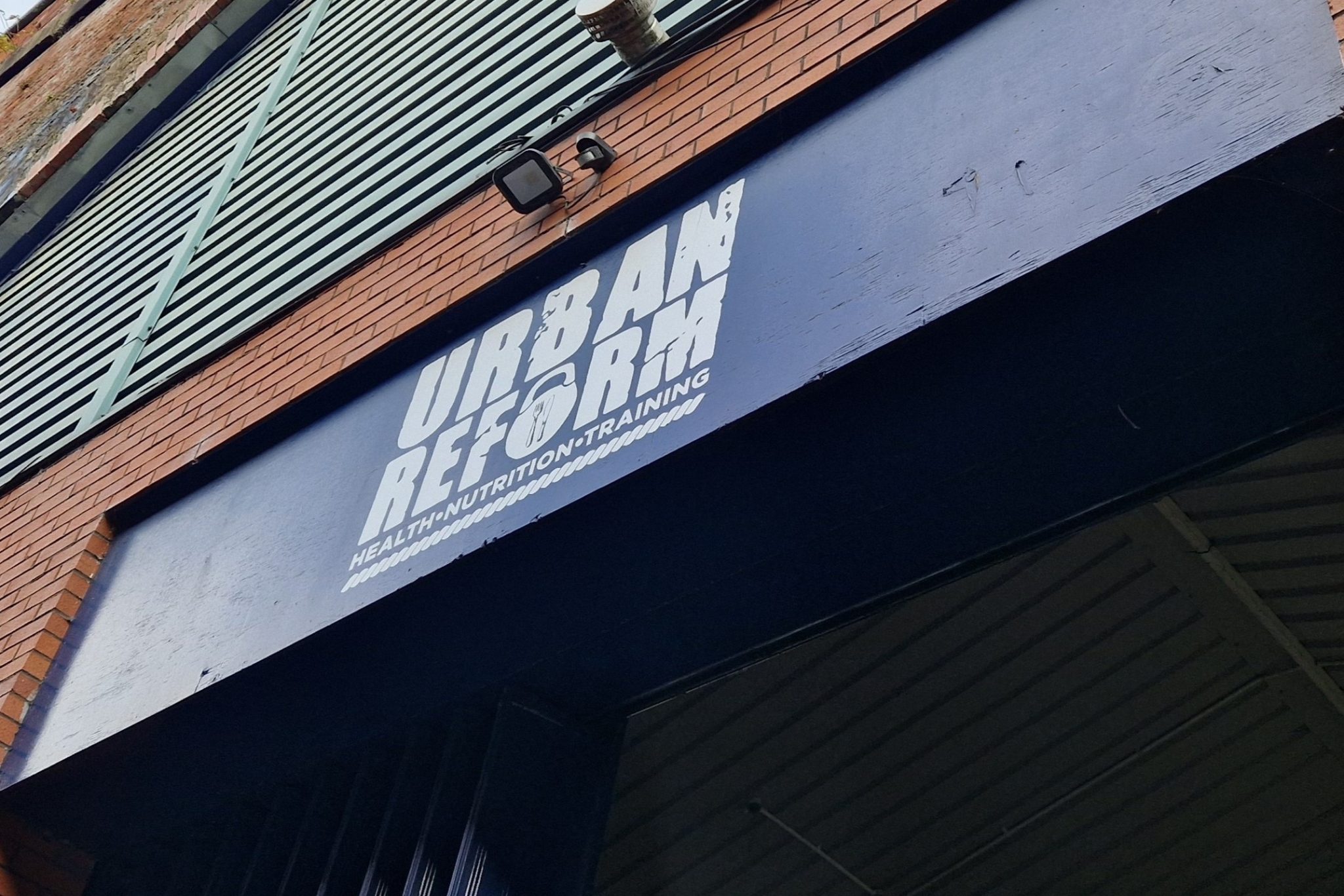How to manage musculoskeletal disorders with physiotherapy
With a growing increase in reasons why people are suffering with musculoskeletal pain and disorders, managing musculoskeletal disorders is at a high, and managing with physiotherapy is a beneficial and popular option.
WHAT ARE MUSCULOSKELETAL DISORDERS AND WHY DO THEY OCCUR?
Musculoskeletal disorders can include a variety of different things such as joint injuries, fractures, post-operative rehabilitation, muscle injury, tendonitis and ligament injury, arthritis, and biomechanical complaints. Other causes may include nerve pain, and referred pain that is radiating from another area. These disorders may result in pain and loss of function, however, treatment options through physiotherapy can be diverse with promising outcomes.
There are many reasons why musculoskeletal disorders can occur. Injury and musculoskeletal disorders can occur through sport, road traffic accidents, heavy lifting, a sudden movement under load, slipping and falling, and with more recent times meaning an increase in working from home, workplace ergonomics can be a huge contributing factor.
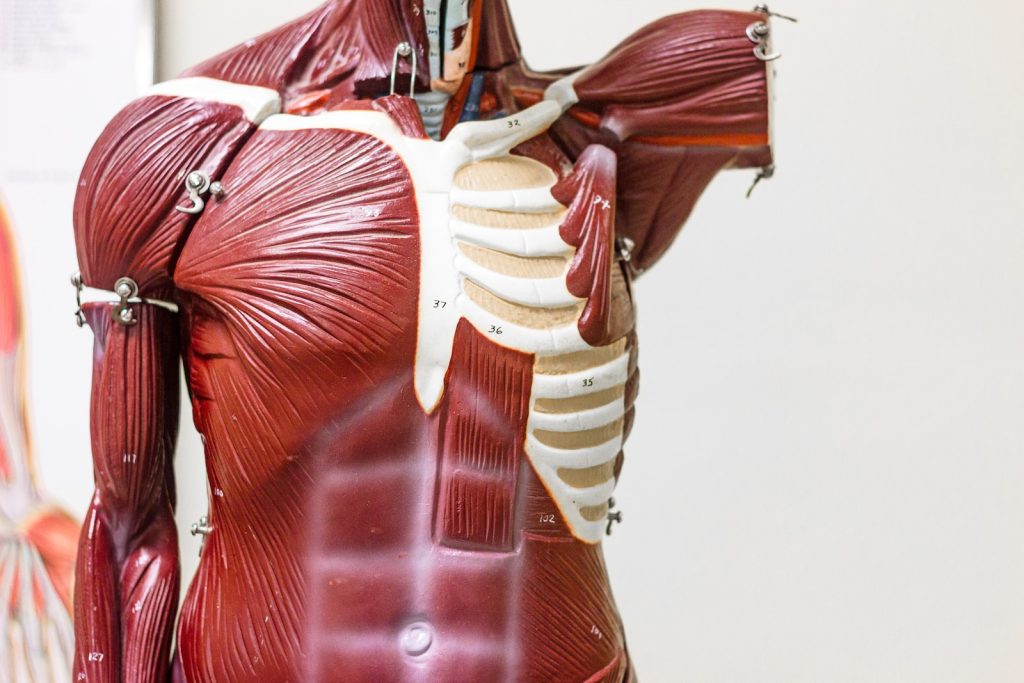
Physiotherapy can also be a great way to prevent injuries from occurring. This can be done by correcting and improving any current postural weaknesses, muscle weaknesses, biomechanical faults and imbalances. This will make the musculoskeletal system more robust when it is put under stress and load with sports and sudden movement.
There are a diverse number of options and ways musculoskeletal disorders can be managed with physiotherapy and can get you back on track. This can include the following: manual therapies, advice and education about your disorder or pain, shockwave therapy, appropriate exercises, strapping and taping, strength and conditioning, and use of orthotics.
This blog will give a brief introduction to each of these options and discuss the reasons why that specific option may work for you and your musculoskeletal disorder, plus how it will get you back on track.
MaNUAL THERAPY
Manual therapy can be an effective way to manage a range of musculoskeletal disorders. It can be beneficial for injury and pain caused by muscle, ligaments, and tendons. By treating these structures using manual therapies, pain can be reduced, mobility and joint ROM can be improved, there can be in improvement in tissue extensibility, and we can encourage a reduction in soft tissue swelling, inflammation and/or restriction.
The most common methods of manual therapy we use are joint mobilisations, soft tissue massage, trigger point therapy, PNF stretches and SNAGS. During your assessment for your musculoskeletal disorder, we palpate (feel) certain areas, and that will help us to decipher exactly what form of manual therapy may be of benefit to you. Some people may get instant relief after some manual therapy treatment, which can be a great positive result alongside the rest of your physiotherapy treatment.
ADVICE & EDuCATION
Your Summit clinician will want to provide you with as much advice and education about your musculoskeletal disorder as possible. We know that the more a patient understands their condition, and where the problem may be coming from, the more they are likely to adhere to advice given, exercises given, and increase their chances of getting back on track as soon as possible.
We may give advice on pain managing techniques, the healing process (and realistically how long your injury or pain may take to heal). We may also give advice on what would be best to avoid, and therefore increasing your chances of recovery and healing, and how to gradually increase your function when you are able to start to return to function again.
We may give advice on posture, your desk set up and any modifications through the day and night which may make you more comfortable. We are here to educate as best as we can, and asking questions is always encouraged so you leave your appointment feeling like you understand your physiotherapy process as much as possible.

Shockwave therapy
For tendon injuries specifically, Shockwave Therapy is a great addition to treatment to help you get back on track. Shockwave treatment is best implemented with those chronic tendon injuries, and is best being administered alongside a specific tendon loading programme.
Shockwave therapy can provide fast and effective analgesia to an injured area, promotes healing in the tendon and can stimulate cell regeneration. These will all reduce pain and abnormalities which will help you to get back on track as fast as possible.
Exercise prescription
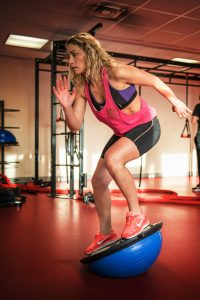
An integral part of how physiotherapy can help you in getting back on track is prescribing appropriate exercises. Exercise prescription can come in several forms, whether it be stretching and mobility exercises or strength and stability exercises.
Different injuries require different exercises, and sometimes at different stages of the healing process, so your physiotherapist will give you the most appropriate exercise for the stage of recovery you are at.
This closely links in to where physiotherapy can be beneficial for preventative reasons. Stretches, mobility exercises and strengthening exercises can be prescribed to increase flexibility of a muscle, increase the strength of a muscle or joint, and prevent any injuries from occurring. The stronger and more flexible you can be, the more robust you will be for everyday life.
Strapping & taping
We often use strapping and taping techniques with kinesiology tape and zinc oxide tape. These techniques can be a great way to provide stability and support to a new and acute injury and help with pain relief in those early stages. Kinesiology tape specifically can be used to reduce swelling and inflammation and can also offload a muscle for a specific sporting event.
Custom orthotics
As a result of an injury, or because of existing biomechanical reasons, people can have affected gait and foot positioning, which can be a cause of pain, injury and disorder going further up the chain. If your clinician at Summit Physiotherapy suggests the force plate to you to assist you in getting back on track, your clinician will assess your weight transference, gait, and ground reaction forces.
From that more in-depth assessment, we will be able to get a better understanding of exactly what might need strengthening, and if orthotics would be an appropriate option to assist you getting back on track as effectively as possible.

in summary
All of these methods of physiotherapy are aimed at assisting you in your recovery from musculoskeletal disorder and injury and your clinician at Summit will give you the best possible advise on how to get you back on track in the most effective way possible.
If you wish to seek further help or speak to a practitioner about any of the above, call us on 0800 731 2738 or book online here.
You can also view all the services we provide within our clinics on our website, as well as checking out our other blogs and content.
For more free tips and information, make sure to follow our Facebook and Instagram pages. We also post client stories, so you can see how we’ve helped people get back to doing the things they enjoy!
